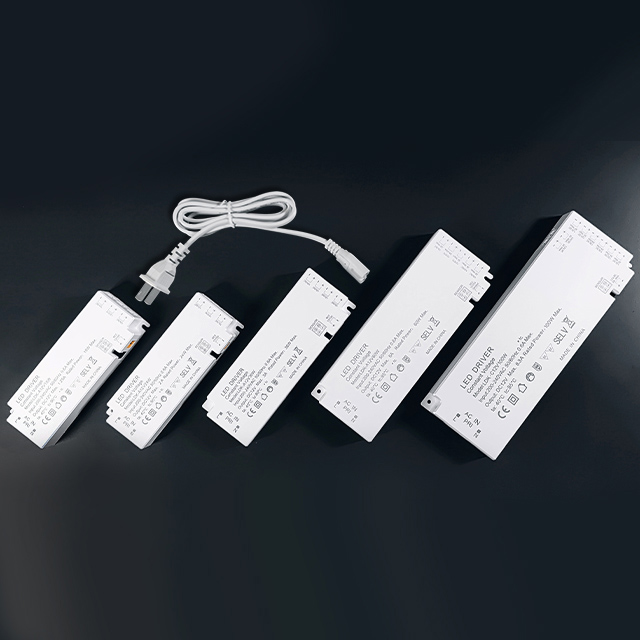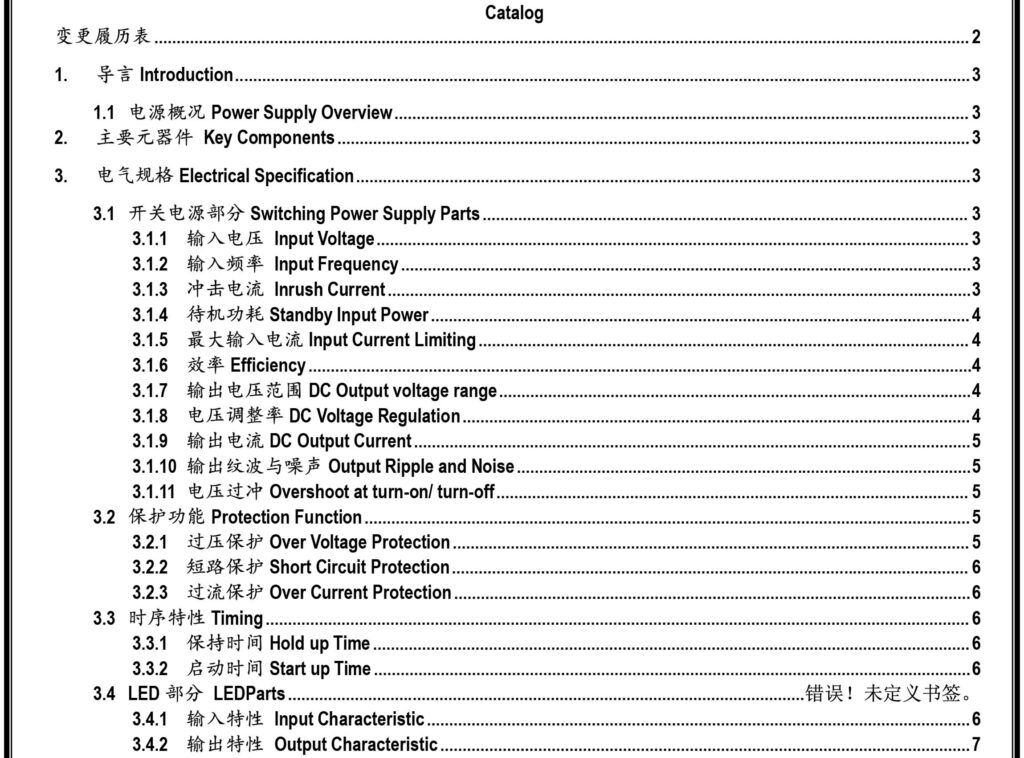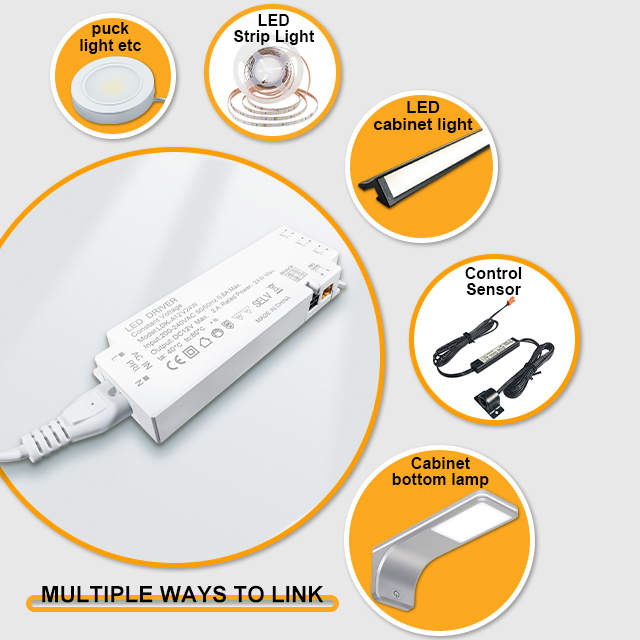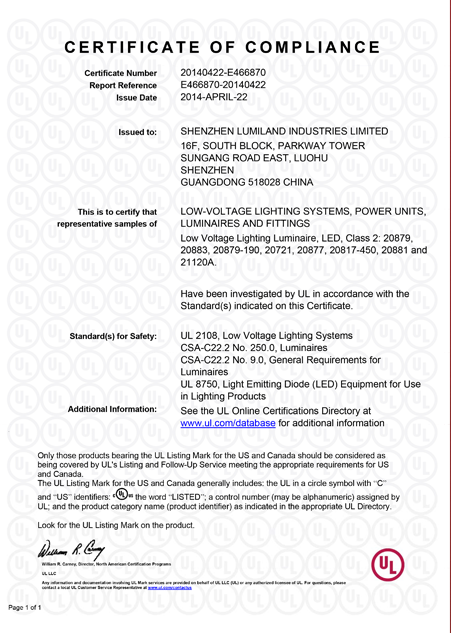LED driver use is crucial to ensure the longevity, efficiency, and performance of LED lighting system. And it is the same to your business if you are selling LED driver in your business. But how we can tell the quality of the driver ? Especially when we purchase it online, or even import them from foreign companies ? Here are some factors to consider when you are evaluating the quality of a LED driver.
The driver specification checking
Professional LED driver manufacturers usually have the documents regarding of LED power supply driver specification and it is ready to provide for buyers. You are freely ask them to provide related documents that ensure you know the exact product specification, especially check the following factors to confirm it fitting for your needs.
- Voltage and Current Ratings: Check if the LED driver’s output voltage and current ratings match the requirements of your LED lights. The driver should provide a stable and accurate output voltage that meets the needs of your LED lights without overloading or underpowering them.
- Voltage Regulation: A high-quality LED driver should maintain a stable output voltage even under varying load conditions. Fluctuations in voltage can cause flickering or reduced LED light lifespan.
- Current Regulation: Similar to voltage, the driver should provide a stable and accurate output current to prevent overdriving or underdriving the LED lights. This helps maintain consistent brightness and extends the light lifespan.
- Efficiency: Look for an LED driver with high efficiency. Efficiency is the ratio of output power to input power and is usually expressed as a percentage. A higher efficiency driver wastes less energy as heat, leading to energy savings and longer driver lifespan.
- Power Factor (PF) and Total Harmonic Distortion (THD): A good LED driver should have a high power factor (close to 1) and low THD. A high power factor indicates efficient power usage, while low THD ensures minimal distortion of the electrical supply, reducing interference with other devices.
Protection Mechanism
Look for LED drivers with protection mechanisms such as over-voltage protection (OVP), over-current protection (OCP), short-circuit protection, and thermal protection. These safeguards help prevent damages to the lights and the driver itself in case of electrical anomalies.
Temperature Range and Environmental Conditions
LED drivers should operate within a specified temperature range. Make sure the driver can handle the environmental conditions of your installation area. Some drivers are designed for outdoor use or extreme temperatures, while others are meant for indoor use.
Certifications and Compliance
Check if the LED driver has relevant certifications such as UL, CE, and RoHS compliance. These certifications indicate that the driver has undergone testing to meet safety and environmental standards.
Brand Reputation and Warranty
Opt for LED drivers from reputable manufacturers known for producing reliable and high-quality products. A solid warranty from the manufacturer can also provide peace of mind in case of any issues.
Reviews and Recommendations
Look for user reviews and recommendations from the company website or e-commerce platforms. Real-world experiences can provide insights into the performance and reliability of a particular LED driver.





